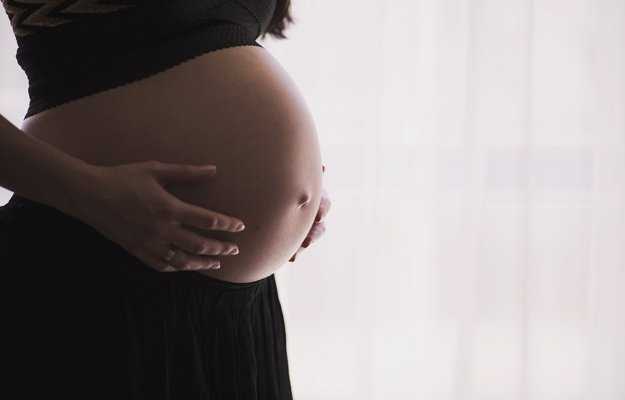What is gastroschisis?
Gastroschisis is a birth defect in the baby’s abdominal muscles due to which the baby’s intestines are seen bulging out through a hole; this is usually located on the right side of the umbilicus (belly button). During pregnancy, intestines lying outside the baby’s abdomen are damaged due to an immune reaction produced by the amniotic fluid surrounding the baby. Wrong development of abdominal muscles also results in tightening or coiling of the intestines which further damages the intestines.
What are the main signs and symptoms of gastroschisis?
The signs and symptoms of gastroschisis include:
- The intestines bulge out through an opening in the abdomen along with the umbilical cord.
- Intestines are twisted and are stuck to each other.
- Sometimes other organs such as gallbladder, large intestines or liver are also present along with the small intestine.
- Premature birth and retarded growth of the baby is common due to faulty absorption of nutrients in the twisted and short intestines.
- Feeding is difficult for the baby after birth.
What are the main causes of gastroschisis?
No definite cause is linked with gastroschisis. Some risk factors associated include:
- Mother’s age less than 20 years.
- Smoking during pregnancy.
- Consumption of alcohol during pregnancy.
- Nutritional deficiencies during pregnancy.
How is it diagnosed and treated?
Different tests and investigations are used to detect gastroschisis before the birth of the baby.
- Blood tests
- High levels of alpha fetoproteins (AFP) in the mother’s blood indicates a defect in the baby.
- Imaging studies
- Ultrasound detects gastroschisis between 10 to 14 weeks of pregnancy and between 18 to 21 weeks on anomaly scan.
- Increase in the amniotic fluid on an ultrasound scan is frequently associated with gastroschisis.
Omphalocele is a birth defect which is similar to gastroschisis. Intestines (and stomach, liver or gall bladder) bulge out from the centre of the abdomen through the opening of umbilical cord. Unlike gastroschisis, in omphalocele, the protective membrane over umbilical cord covers the intestines and other organs.
Surgery is the only treatment option for gastroschisis. Initially, the intestines lying outside the abdomen are sealed in a protective film to prevent further damage. Two types of surgeries are used for the treatment of gastroschisis-
- Bulged intestines are put back inside the abdomen followed by closing the abdominal wall.
- Protruded intestines are replaced in the abdomen in stages.
















